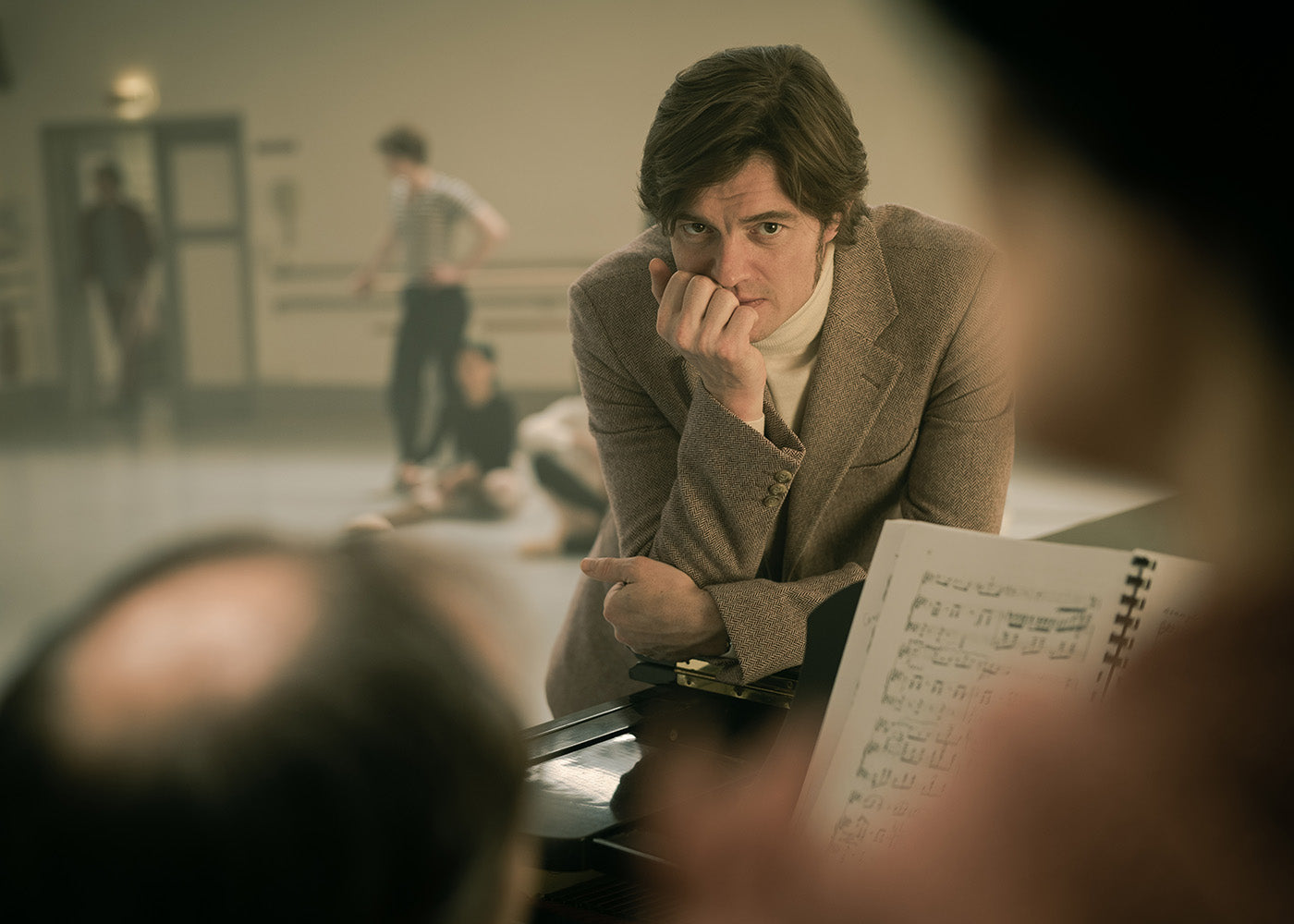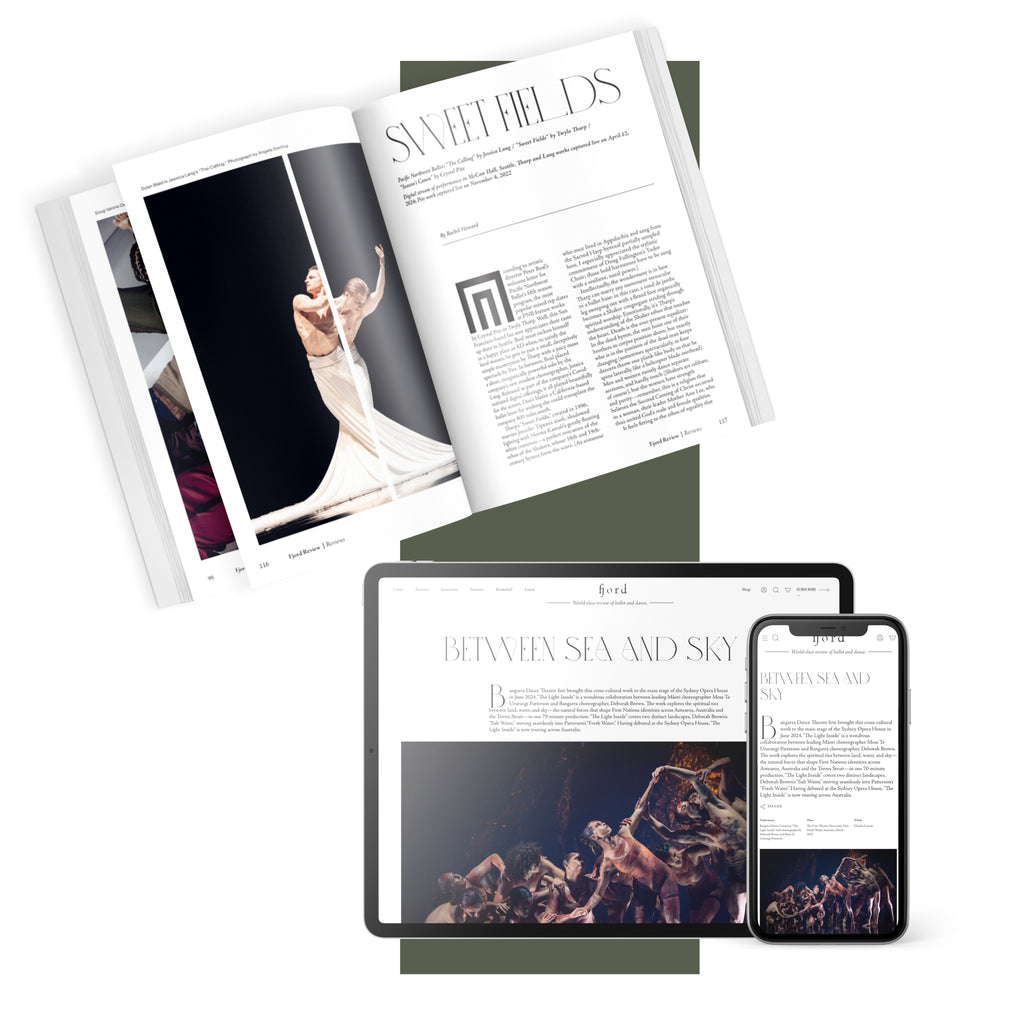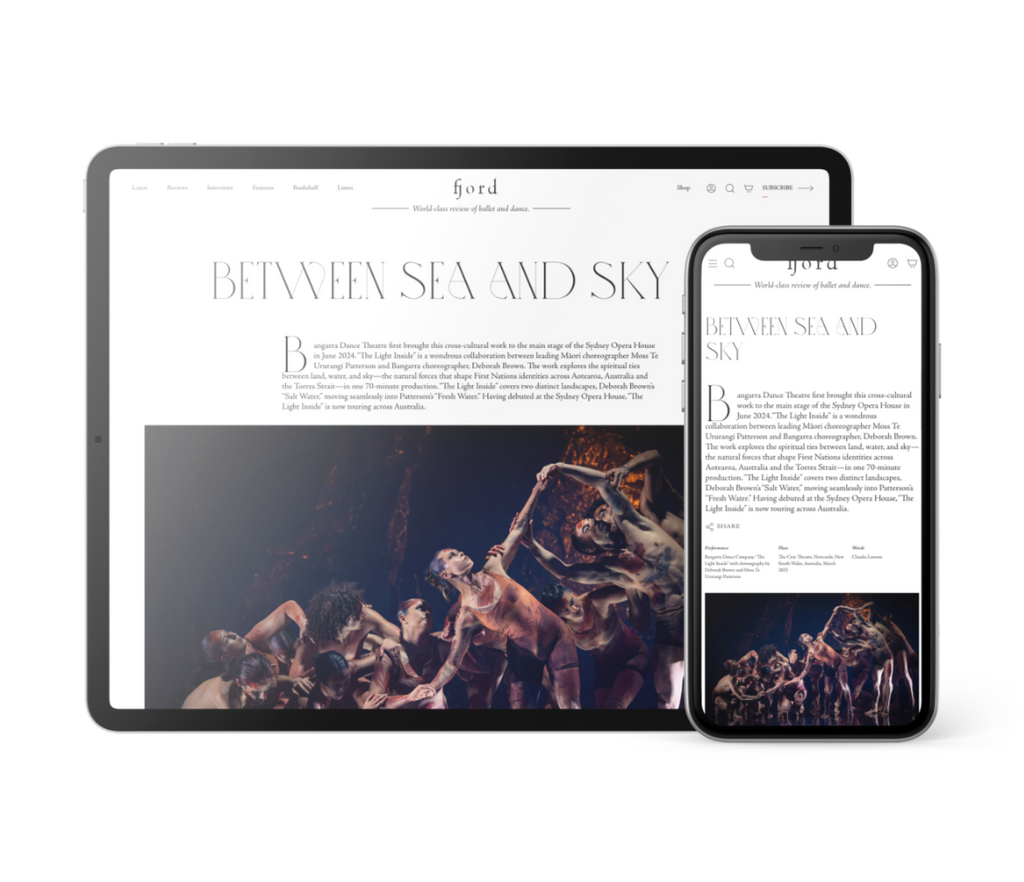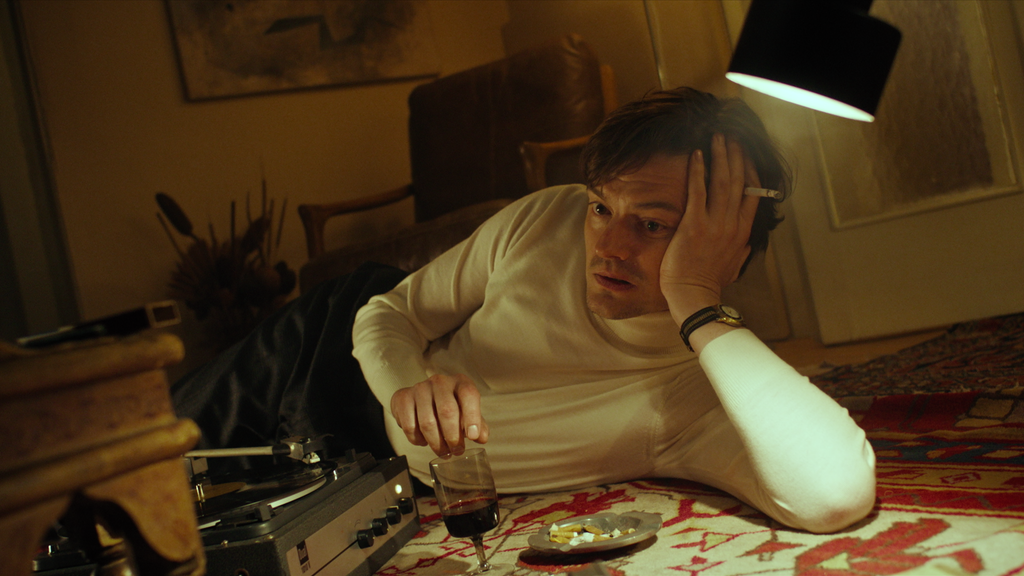Strong Foundations
The Sun King not only invented ballet in its modern form but in 1713 also founded the oldest ballet academy in the world.
Continua a leggere
World-class review of ballet and dance.
In John Cranko’s world, “if ballet only consisted of dance steps, it wouldn’t be worth dedicating your whole life to it,”[1] and this sense of devotion is at the heart of Joachim A. Lang’s German-language film, John Cranko (2024). Screening at the Westgarth Cinema, as part of the 2025 HSBC German Film Festival presented by Palace, in association with German Films, John Cranko, as Cranko’s own renowned choreography does, places the emphasis upon its invitation to feel.
Performance
Place
Words



“Uncommonly intelligent, substantial coverage.”
Your weekly source for world-class dance reviews, interviews, articles, and more.
Already a paid subscriber? Login

The Sun King not only invented ballet in its modern form but in 1713 also founded the oldest ballet academy in the world.
Continua a leggereThe Choreographic Platform Austria (CPA) held in Salzburg from 20–22 November 2025, has become a biennial focal point for contemporary dance in Austria.
Continua a leggereIt’s “Nutcracker” season at San Francisco Ballet—36 performances packed into three weeks—which means that the company is currently serving two distinct audiences.
Continua a leggereLast week I caught up with choreographer Pam Tanowitz and Opera Philadelphia’s current general director and president, countertenor Anthony Roth Costanzo to talk about “The Seasons,” the company’s latest production premiering at the Kimmel Center’s 600-plus seat Perelman Theater on December 19.
Continua a leggere
comments